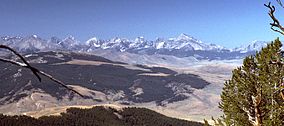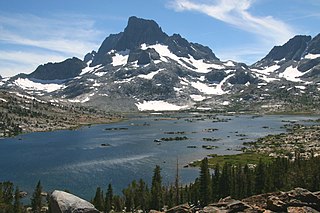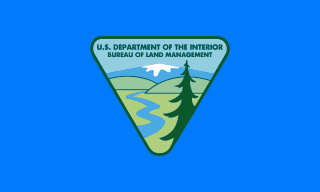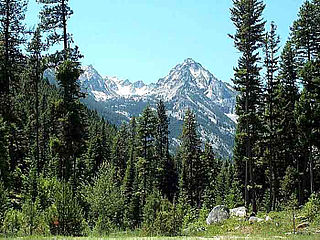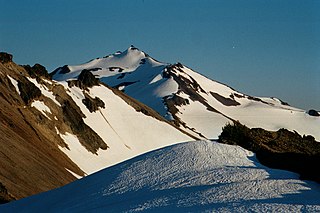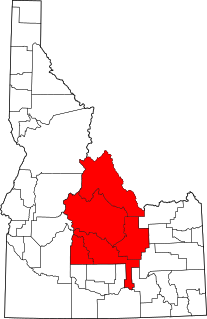| Salmon-Challis National Forest | |
|---|---|
Lost River Range in Salmon-Challis National Forest | |
| Location | Idaho, United States |
| Nearest city | Salmon, Idaho |
| Coordinates | 45°16′54″N114°11′45″W / 45.28167°N 114.19583°W Coordinates: 45°16′54″N114°11′45″W / 45.28167°N 114.19583°W |
| Area | 4,235,940 acres (17,142.2 km2) |
| Established | July 1, 1908 |
| Governing body | U.S. Forest Service |
| Website | Salmon-Challis National Forest |
Salmon-Challis National Forest is located in east central sections of the U.S. state of Idaho. At 4,235,940 acres (6,618.66 sq mi, or 17,142.24 km2) it is one of the largest national forests in the lower 48 states and also has most of the land area of the Frank Church River of No Return Wilderness, which is the largest wilderness area south of Alaska. Borah Peak, the tallest mountain in Idaho, is also found here. The Wild and Scenic Salmon River weaves through the rugged terrain of the Sawtooth Mountains and Sawtooth National Recreation Area, while it flows for over 75 miles (121 km) through the forest. The Big Lost River has its headwaters within the national forest.

In the United States, a state is a constituent political entity, of which there are currently 50. Bound together in a political union, each state holds governmental jurisdiction over a separate and defined geographic territory and shares its sovereignty with the federal government. Due to this shared sovereignty, Americans are citizens both of the federal republic and of the state in which they reside. State citizenship and residency are flexible, and no government approval is required to move between states, except for persons restricted by certain types of court orders. Four states use the term commonwealth rather than state in their full official names.

Idaho is a state in the northwestern region of the United States. It borders the state of Montana to the east and northeast, Wyoming to the east, Nevada and Utah to the south, and Washington and Oregon to the west. To the north, it shares a small portion of the Canadian border with the province of British Columbia. With a population of approximately 1.7 million and an area of 83,569 square miles (216,440 km2), Idaho is the 14th largest, the 12th least populous and the 7th least densely populated of the 50 U.S. states. The state's capital and largest city is Boise.

The acre is a unit of land area used in the imperial and US customary systems. It is traditionally defined as the area of one chain by one furlong, which is exactly equal to 10 square chains, 1⁄640 of a square mile, or 43,560 square feet, and approximately 4,047 m2, or about 40% of a hectare. Based upon the International yard and pound agreement of 1959, an acre may be declared as exactly 4,046.8564224 square metres. The acre is a statute measure in the United States and was formerly one in the United Kingdom and almost all countries of the former British Empire, although informal use continues.
Contents
Challis National Forest, the more southerly of its two parts, lies primarily in Custer County, but also has major areas in Lemhi and Butte counties, as well as smaller areas in Clark and Blaine counties. It has a total area of 2,463,471 acres (3,849.17 sq mi, or 9,969.31 km2). There are local ranger district offices located in Challis, Clayton, and Mackay.
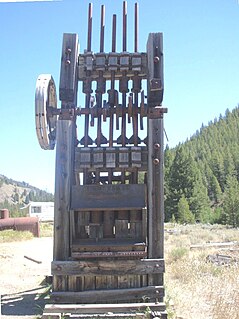
Custer County is a rural mountain county in the center of the U.S. state of Idaho. As of the 2010 census, the population was 4,368. The county seat is Challis. Established in 1881, the county was named for the General Custer Mine, where gold was discovered five years earlier. Custer County relies on ranching, mining, and tourism as its main resources.

Lemhi County is a county located in the U.S. state of Idaho. As of the 2010 census, the population was 7,936. The largest city and county seat is Salmon. The county was established in 1869, named after Fort Lemhi, a remote Mormon missionary settlement from 1855–58 in Bannock and Shoshone territory.

Butte County is a rural county located in the U.S. state of Idaho. As of the 2010 census, the population was 2,891, making it the third-least populous county in Idaho. Its county seat and largest city is Arco. The county was established in 1917 from parts of Bingham, Blaine, and Jefferson counties. The county gained territory in the Clyde area from Custer County in 1937 to reach its present boundary.
Salmon National Forest, which lies to the north, is primarily located in Lemhi County, with spillover into Valley and Idaho counties. It has a total area of 1,772,469 acres (2,769.48 sq mi, or 7,172.93 km2). [1] There are local ranger district offices located in Leadore, North Fork, and Salmon.

Valley County is a rural county located in the U.S. state of Idaho. As of the 2010 census, the population was 9,862. The county seat is Cascade, and the largest city is McCall.

Idaho County is a county in the U.S. state of Idaho. As of the 2010 census, the population was 16,267. The county seat is Grangeville. Previous county seats of the area were Florence (1864–68), Washington (1868–75), and Mount Idaho (1875–1902).

Leadore is an incorporated village of the State of Idaho in Lemhi County, Idaho, United States. The population was 70 in the 1990 census, 90 in the 2000 census. The population was 105 at the 2010 census.
The combined forest headquarters are located in Salmon, Idaho.

Salmon is a city in Lemhi County, Idaho, United States. The population was 3,112 at the 2010 census. The city is the county seat of Lemhi County.
